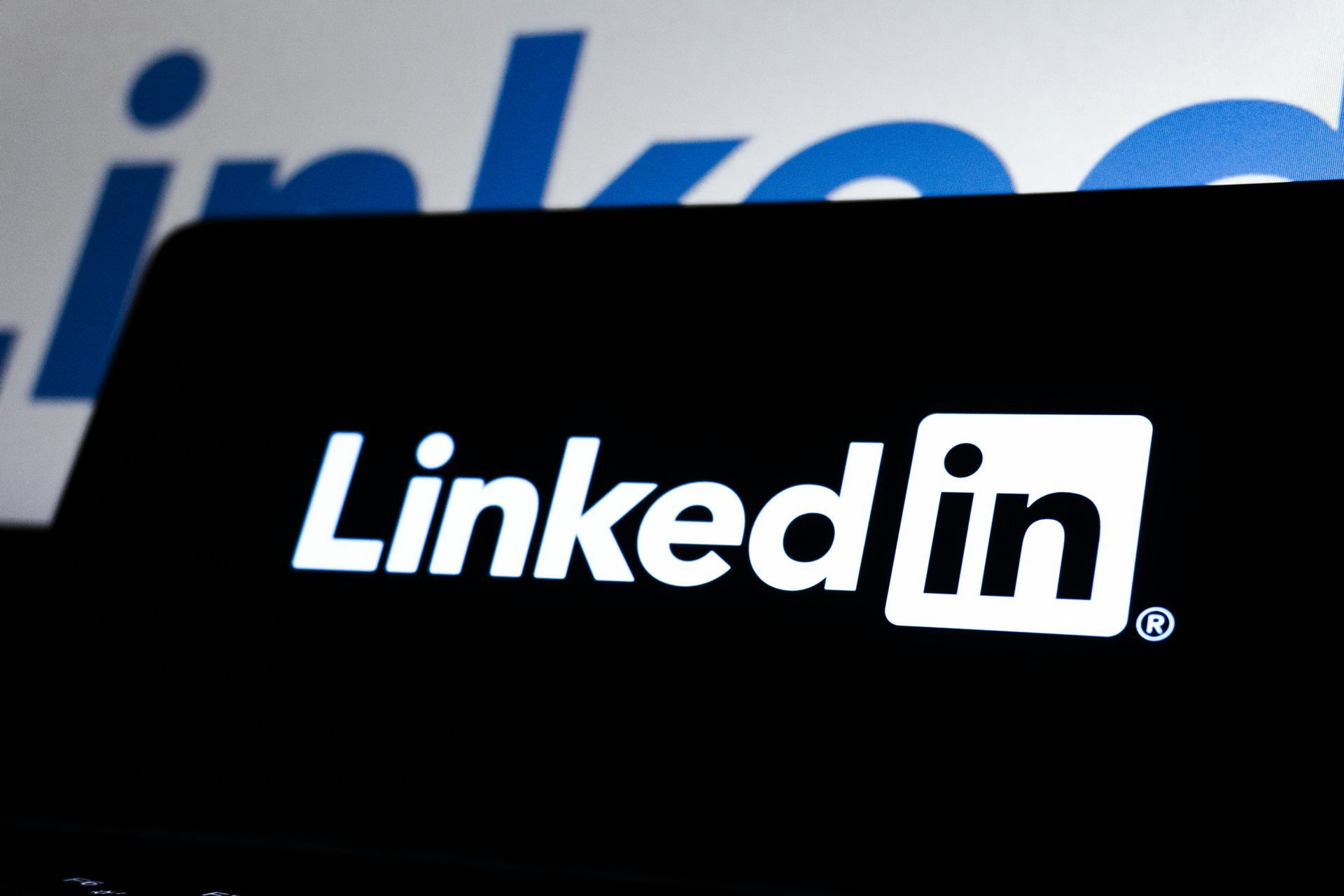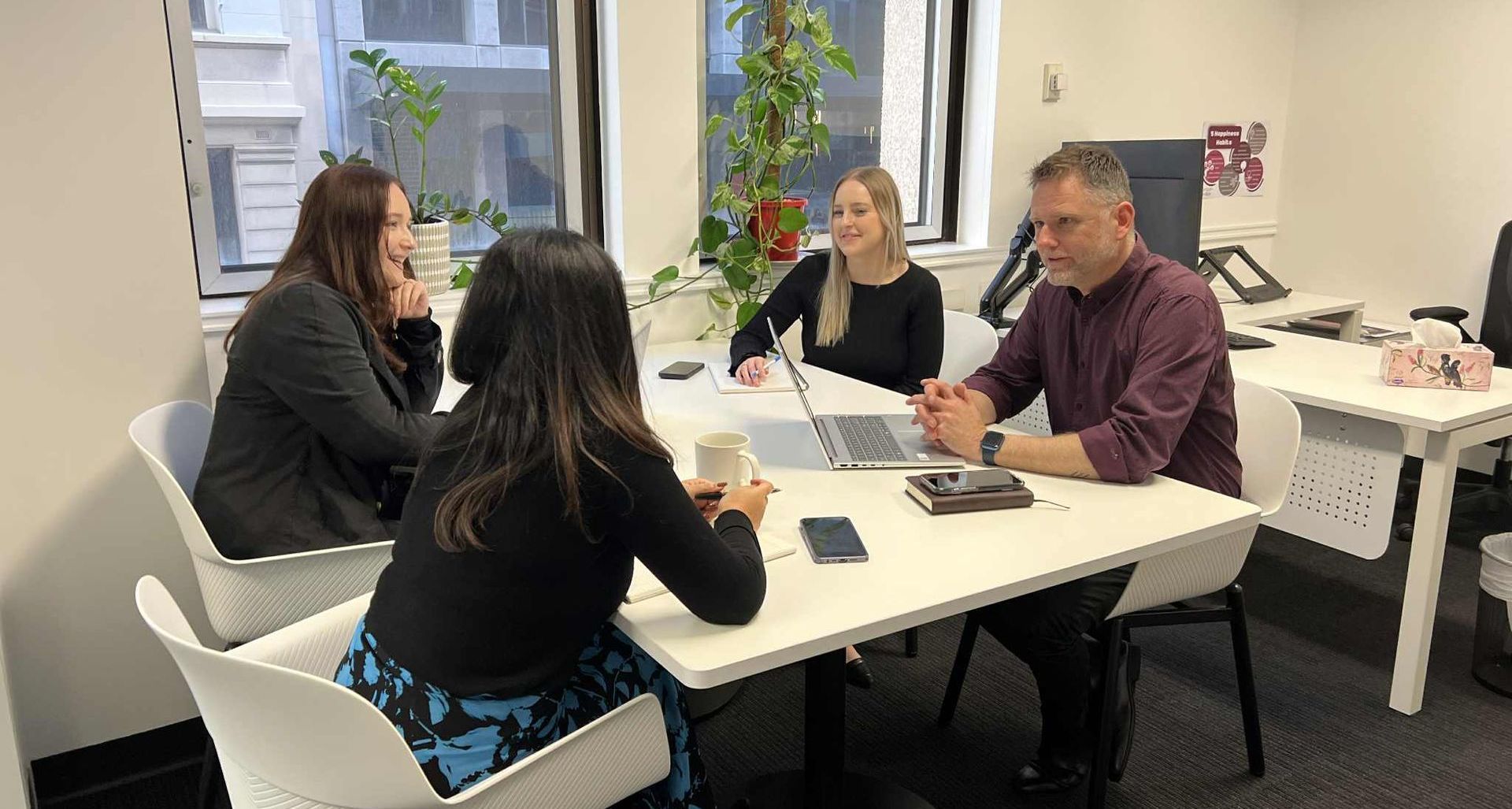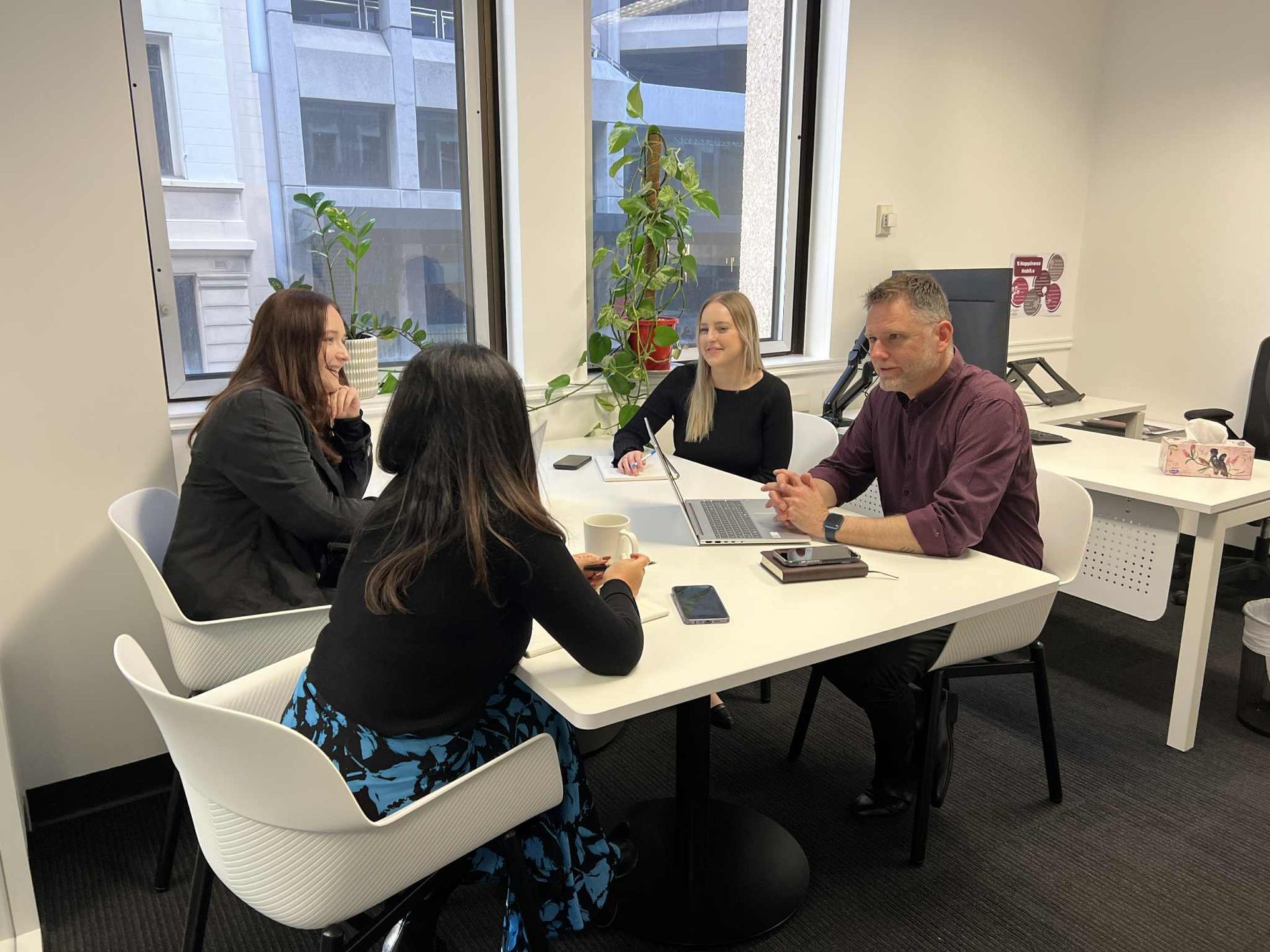Cross-skilling Is Having A Moment
While the Great Resignation leaves jobs unfilled, co-opting people from other industries or specialisations could offer a solution.

In the not so distant past, job candidates were often overlooked if they came from outside an industry. Now, the Great Resignation is abrading this siloing of talent, as candidates look for new horizons and employers are, reluctantly or otherwise, opening the door.
Harrison McMillan managing director Dani Cuff says companies, hers included, often rethink their hiring position when they consider the opportunity cost across the business.
“People are trying to work smarter around how they actually get their vacancies filled. Because the alternative is that the role just stays vacant,” says Cuff.
Working in the recruitment industry, she has privileged insight into the current situation. She expects the labour shortage in Australia will continue for the three to five years and points to cross-skilling within an organisation as one recent trend.
She says internal hires, for example from the marketing department to fill an HR vacancy, are becoming more common, with companies hiring for cultural fit and then training for skills.
SA Government’s Chief Information Officer, Dr Eva Balan-Vnuk, in the Department of the Premier and Cabinet, says this sort of mobility is also promoted across the public sector.
“There is the capacity for staff to move – at their level, or to win a higher level –between departments and divisions,” she says.
The division Dr Balan-Vnuk heads up provides whole of government technology and cybersecurity services, supporting a public sector of 100,000 employees and thirty-plus agencies.
Outside of moves to experience another department or agency, or for significantly higher salaries in other organisations, Dr Balan-Vnuk says she has been able to retain talented staff and and credits this to government employees knowing their work is purposeful, meaningful and valued.
“The way we’ve managed to attract and keep talented staff in government – despite the private sector paying sometimes a lot more than we are allowed to, or can – is by providing a clear vision of why the work we are doing is so critical to government and our community,” explains Dr Balun-Vnuk, whose team built the home quarantine and COVID safe check in apps for the state during the pandemic.
“We could see the work we were doing was directly benefiting the community. By staying really focused on that, I think we’ve managed to keep people engaged.”
In the private sector, Cuff says the Federal Government’s Boosting Apprenticeship Commencements program is helping to overcome the labour market shortage and encouraging cross-skilling.
Harrison McMillan has used the apprenticeship program to fill its own shortfall; unsurprisingly, experienced recruiters have also been hard to find as the industry’s services are in intense and growing demand.
While Cuff says her company’s staff turnover is low at less than ten per cent, they are growing and as such in the last year they have taken on five apprentices who are now fully-fledged recruitment partners. Another six are in the pipeline.
“For our apprentices, we’re bringing people in with the right cultural fit, attitudes and corporate experience and offering them a Certificate IV in HR, Leadership or Business and training them over twelve months to be recruiters,” says Cuff, whose eclectic group of hires includes a neonatal nurse, a retail worker, a footballer and an accounts receivable person.
“If we’re hiring people, the ones with more life experience are actually looking for a career that fulfils, with a good team environment and flexible working. So, we get better retention.
“Now, instead of having a position description, we have a job suitability profile, which covers things like curiosity, problem solving, ability to work under pressure and conscientiousness.
“Then we know if we can give them the skills, they’ll thrive in this environment.”
This focus on culture and transferable skills is starting to show up in job advertisements across industries. Perhaps COVID’s resulting ‘kindness’ wave is prompting invitations such as, “if you don’t tick every box, we’d still love you to apply”.
Equally likely, it is a sign of companies desperate to avoid the opportunity cost from countless unfilled roles.
Filed under Insights Date published : May 17, 2024 Author :












